Storms, appliance malfunctions, ruptured pipes, and more can all lead to devastating water damage on your property. Acting quickly can help you avoid major and expensive repairs. One of the ways a professional water damage restoration company can help you keep the damage to a minimum is by deploying dehumidifiers. The dehumidification process removes excess moisture from your indoor air, which helps prevent damage from worsening or mold from growing. This blog will explore all the ways dehumidification works to mitigate damage to your home or business.
How Does Dehumidification Help?
Think of a dehumidifier like a vacuum—it sucks in air to extract moisture similar to the way a vacuum sucks up dirt from your carpet. Two processes are involved in the use of dehumidifiers: absorption, and adsorption. Absorption takes moisture from a wet material, and adsorption occurs when you extract water from a surface. Inside the dehumidifier is a rotating wheel that is water absorbent, meaning it will remove humidity from the incoming air. As humidity is extracted, drier air is pushed back into the room.
Dehumidifiers also help control allergens and mold growth. Mold needs a wet or moist environment to grow. Even when excess water is extracted, the moisture in the air can provide just what mold needs to spread. That’s why dehumidification is so important—without excess moisture, mold can’t grow.
Types of Dehumidifiers in Water Damage Restoration
1. Low Grain Refrigerant
This type of dehumidifier can handle large, more water-logged areas quickly and has two separate phases, which helps it work efficiently.
2. Ionic Membrane
This type of dehumidifier features a steady-state water capture device with low absorbent capabilities. It doesn’t use a lot of power, nor does it have moving parts, making it ideal for minimizing humidity in sensitive electrical equipment.
3. Chemical Absorbent
This type of dehumidifier takes in humid air and passes it over water-absorbent material, then releases it into the air outside of your property. This makes it ideal for below-freezing conditions; however, it’s not very efficient.
4. Spray
This type of dehumidifier can pull excess moisture and airborne contaminants by releasing cooled water into a stream of captured humidity from indoor air.
Benefits of Running a Dehumidifier After Water Damage
In any situation where moisture is a problem, a dehumidifier can be your best friend. A dehumidifier works like a vacuum cleaner, sucking moisture straight out of the air. Oftentimes, even if you’ve cleaned up the water on the impacted surfaces, moisture can linger in the air around the area.
These moist environments are an ideal breeding ground for mold, so you want to pull as much moisture out of the air as you possibly can. By pulling in damp air, removing the moisture, and blowing out dry air, a dehumidifier can help to dry out a water-damaged area much more quickly than air drying alone.
How Long To Run Dehumidifier After Water Leak?
Experienced a leak in our home or business recently? Then you’re probably anxious to know how long it might take for the dehumidification process to complete. A commercial-grade dehumidifier can remove around 400 gallons of water a day, which means it could take a few days to completely remove excess moisture.
With household dehumidifiers, it will likely take much longer. The exact timetable depends on things like the size of the affected area, the dehumidifier you’re using, and the extent of the damage.
How Long Should I Run a Dehumidifier After a Flood?
When your property faces unexpected flooding, you need to run your dehumidifier for as long as possible. We recommend running yours for about 10 to 12 hours a day following a flood in your property. Continue using the dehumidifier until everything is dry. You can measure this by using a moisture meter, but if you don’t have access to one, just keep using a dehumidifier until things look dry.
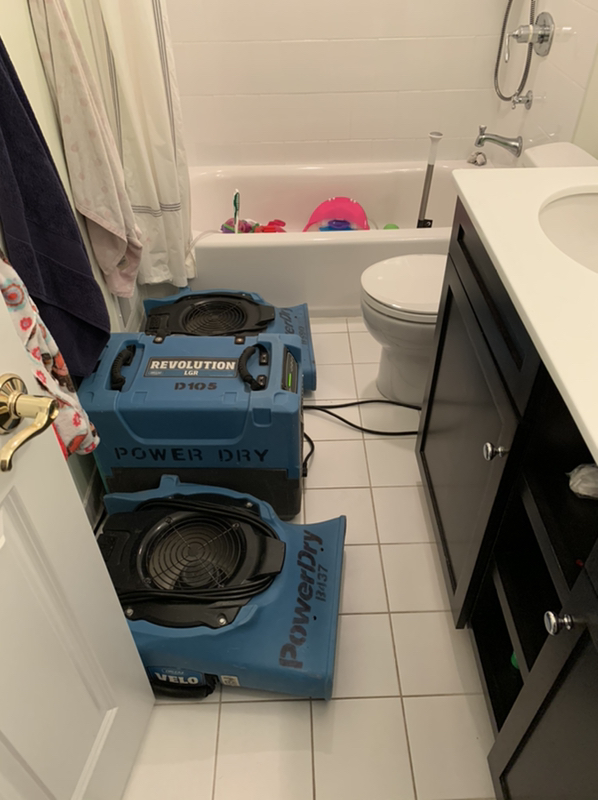
Call the Experts for Drying and Dehumidifying
Taking care of water damage on your property is rarely easy. Ensuring water is completely removed, and surfaces are dry is only half that battle. You must ensure excess moisture is out of the air as well. Our team knows how important the dehumidification process is to ensure your property suffers no more damage. We use specialized equipment to ensure we thoroughly dry and dehumidifier all affected areas.
Don’t let leaks, floods, or other types of water loss upend put your life or business on hold. Call Northeast Power Dry water damage experts at (848) 225-9692 or contact us online today.
Comments are closed.

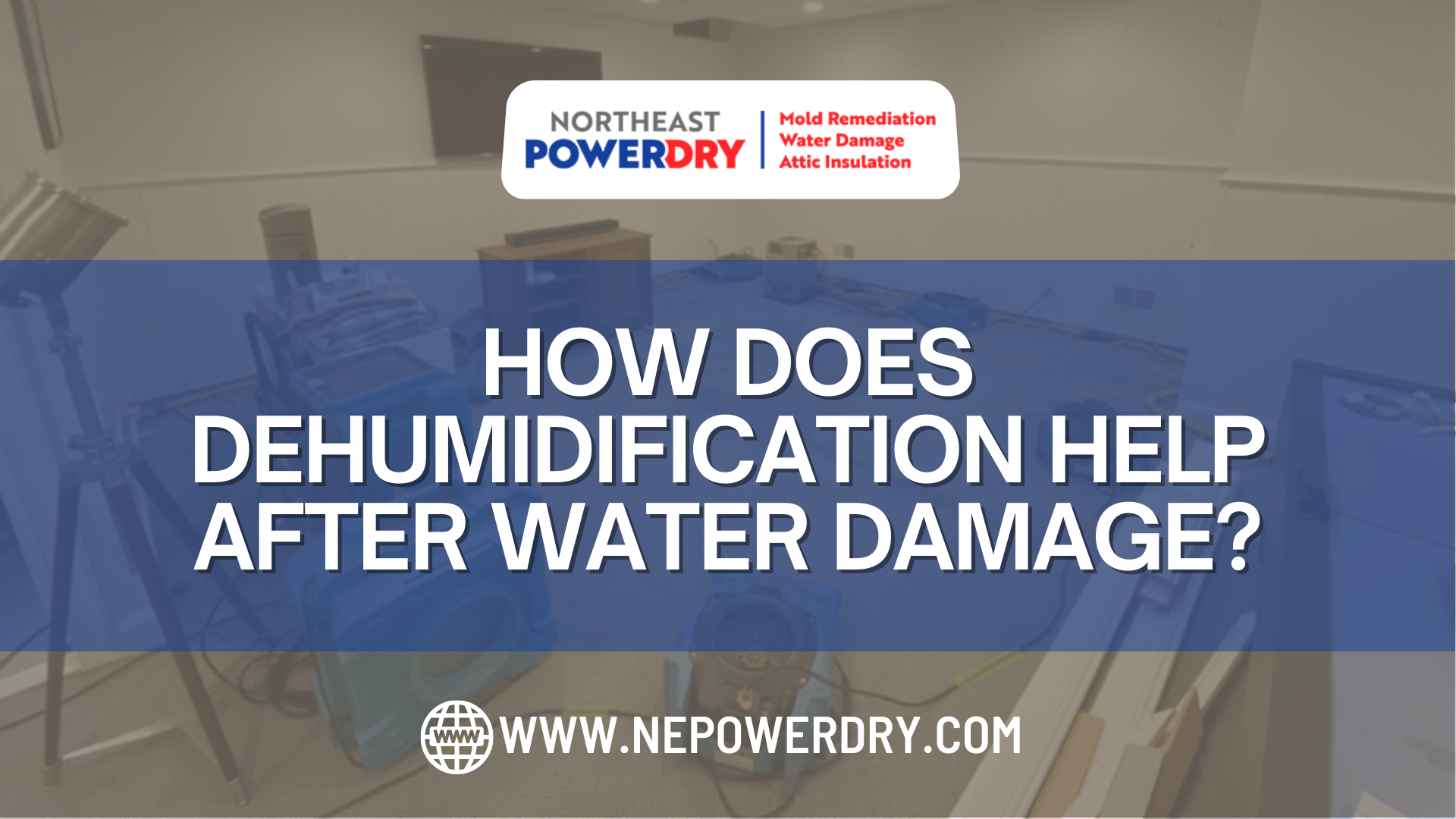
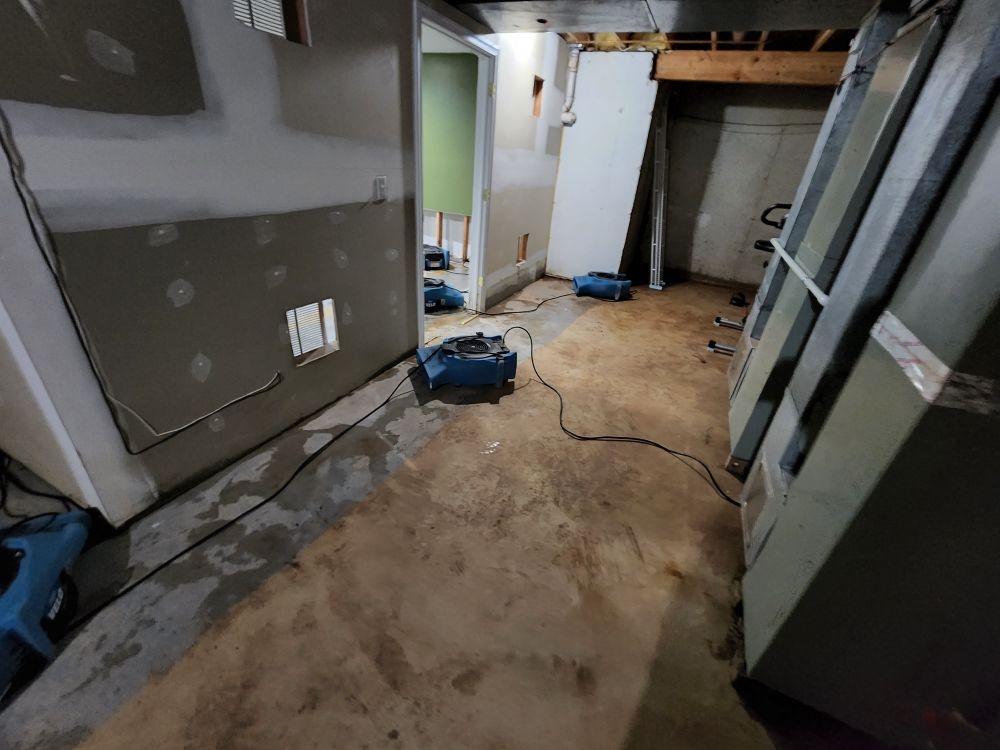
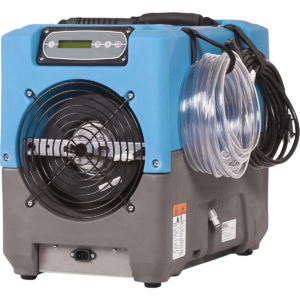
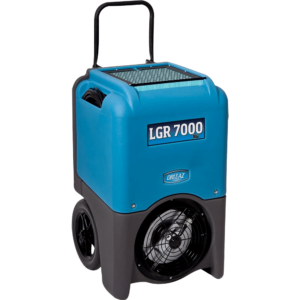
Recent Comments